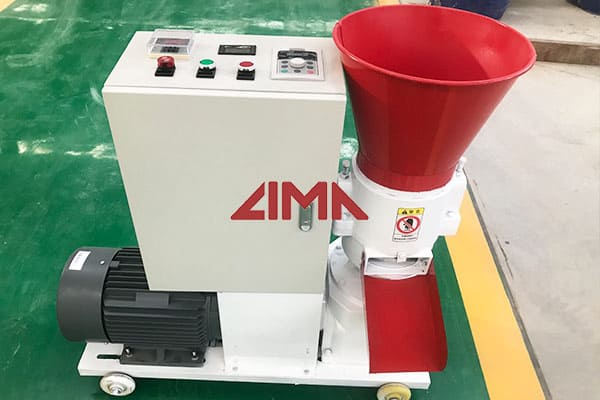
2010-8-28·Soil bacteria are very important in biogeochemical cycles and have been used for crop production for decades. Plant–bacterial interactions in the rhizosphere are the determinants of plant health and soil fertility. Free-living soil bacteria beneficial to plant growth, usually referred to as plant growth promoting rhizobacteria (PGPR), are capable …

2022-3-4·Bacteria belonging to the genus Bacillus are widely distributed in environments fulfilling several important functions. Due to their ability to produce antibiotics and other metabolites, these bacteria limit the development of pathogens and thus promote plant growth. They also play an important role in the deodorization of organic fertilizers ...

2021-6-25·of B. licheniformis used for the production of a hydrolase enzyme (P87-1511), and two recombinant strains for production of alpha-amylase (P89-1071, and P92-50). II. IDENTIFICATION AND TAXONOMY A. Overview Bacillus licheniformis is a ubiquitous bacterium thought to be of importance in the environment as a contributor to …

2020-8-12·Bacillus subtilis and Bacillus licheniformis are ubiquitous microorganisms that contribute to nutrient cycling. These bacteria are commonly recovered from water, soil, air and decomposing plant residue. Bacillus subtilis and Bacillus licheniformis demonstrate excellent intrinsic properties and have emerged as the probiotics of choice for ...

2022-3-29·And a flourishing population of helpful probiotics in the soil can help plants absorb nutrients in the soil, improve their immune system, help them recover from disease and pest infestations, regulate water uptake, and otherwise improve just about every physical process a plant must carry out. Probiotics can also help your plants grow bigger ...

Probiotics as novel antibiotics’ substitutes are verified to provide barriers for hindering the colonization of enteric bacterial pathogens with nutritional benefits. For enhancement of the probiotics’ effectiveness, their integration within nanomaterials is a paramount tool to support the progress of new compounds with functional features. Therefore, we …

In certain embodiments, increased soil carbon sequestration can be in the form of, for example, increased growth of plant roots (e.g., length and density), increased uptake by microorganisms of GHG precursors/organic compounds secreted by plants (including secretions from plant roots), and increased microbial colonization of soil (leading to ...

2010-8-28·Soil bacteria are very important in biogeochemical cycles and have been used for crop production for decades. Plant–bacterial interactions in the rhizosphere are the determinants of plant health and soil fertility. Free-living soil bacteria beneficial to plant growth, usually referred to as plant growth promoting rhizobacteria (PGPR), are capable …

2021-10-5·Plant growth promoting bacteria (PGPB) are used as biostimulants to improve the growth and yield as well as the quality of crops. In the present study, nine strains of PGPB and one solid mix consisting of two of them were evaluated on the cultivation of industrial tomato under specific soil and climatic conditions. The results …

2023-2-2·gies necessary. In recent years, interest in soil microorganisms that can promote plant growth [2 ] or help prevent the attack of soil-borne plant pathogens has increased [6, 42]. These bene-ficial bacteria are usually referr ed to as plant growth-promoting rhizobacteria or PGPRs [22]. Kloepper and Schroth [23] first

The bacitracin family of peptide antibiotics produced by Bacillus licheniformis inhibit bacterial peptidoglycan biosynthesis and lead to the accumulation of UDPMurNAc-pentapeptide in treated cells. 272 It has been established that bacitracin A (34) forms a 1:1 complex with undecaprenyl pyrophosphate in the presence of divalent metal ions such as Mg 2+, with …

Probiotics as novel antibiotics’ substitutes are verified to provide barriers for hindering the colonization of enteric bacterial pathogens with nutritional benefits. For enhancement of the probiotics’ effectiveness, their integration within nanomaterials is a paramount tool to support the progress of new compounds with functional features. Therefore, we …

In certain embodiments, increased soil carbon sequestration can be in the form of, for example, increased growth of plant roots (e.g., length and density), increased uptake by microorganisms of GHG precursors/organic compounds secreted by plants (including secretions from plant roots), and increased microbial colonization of soil (leading to ...